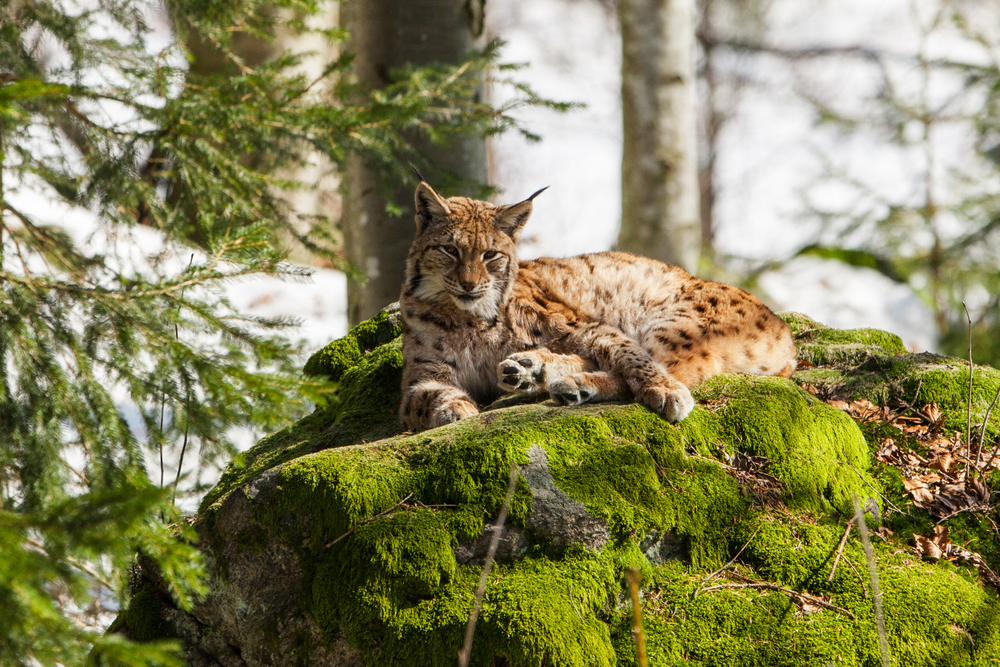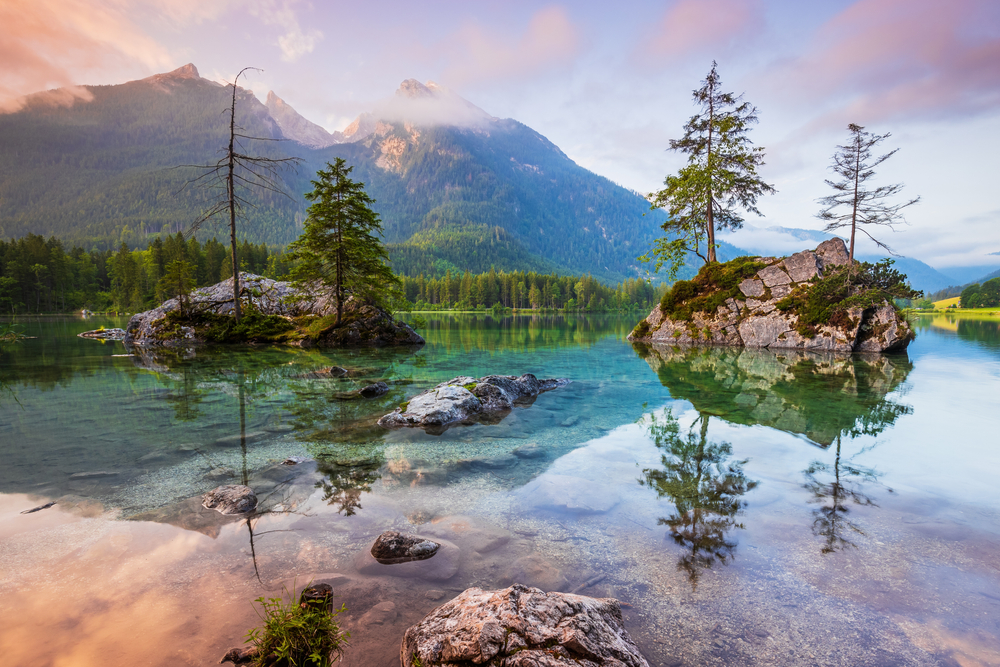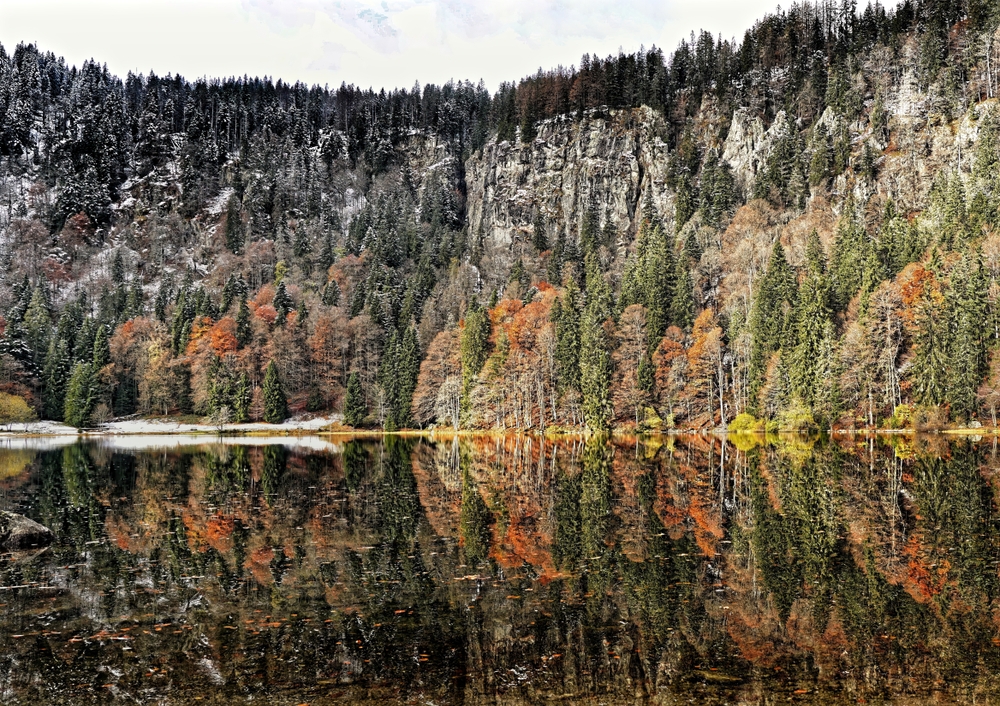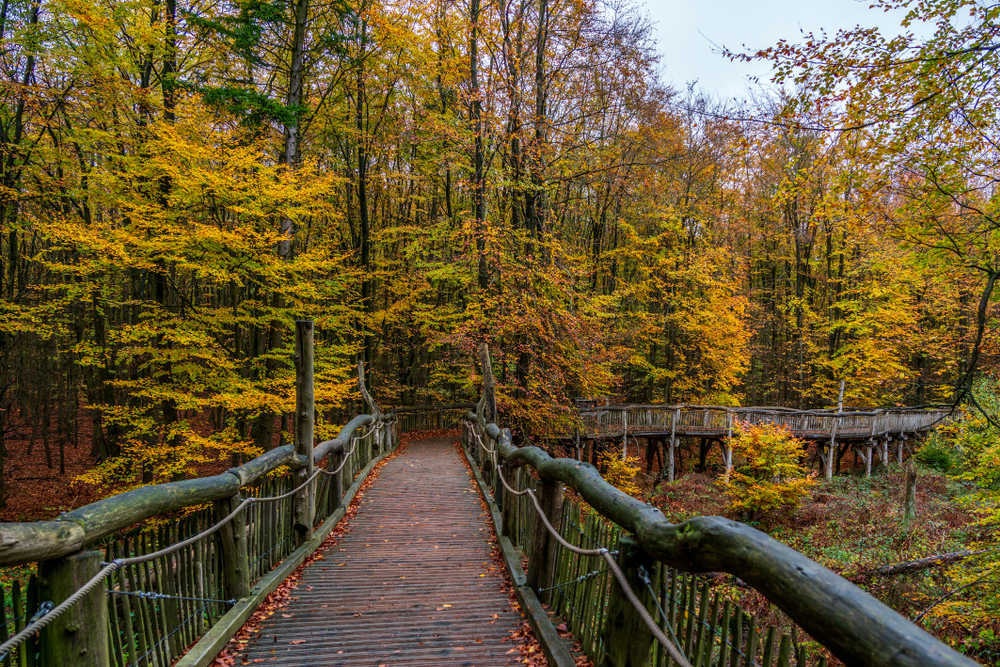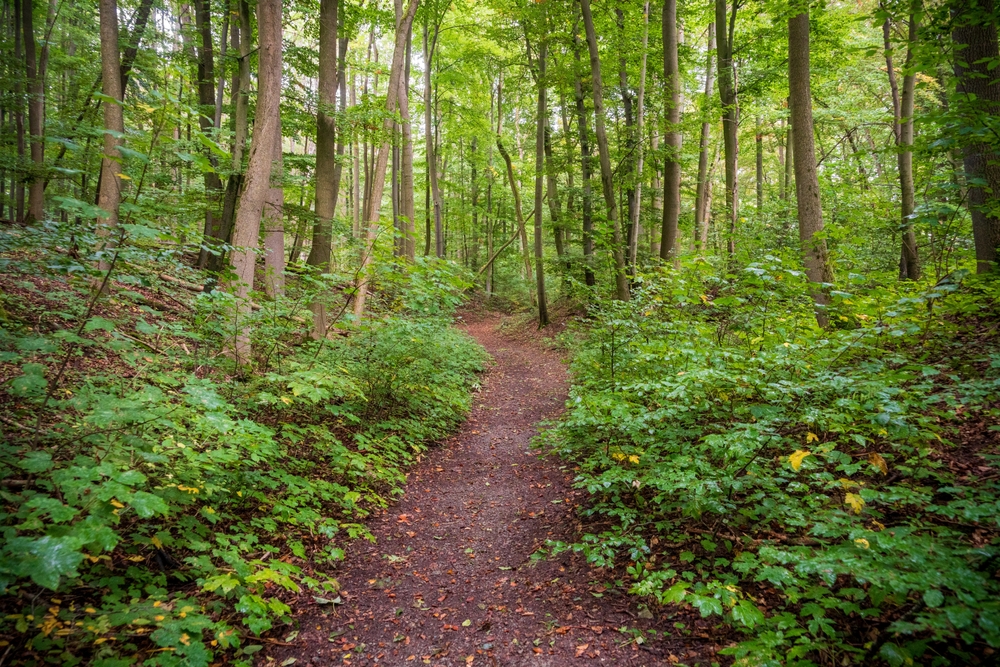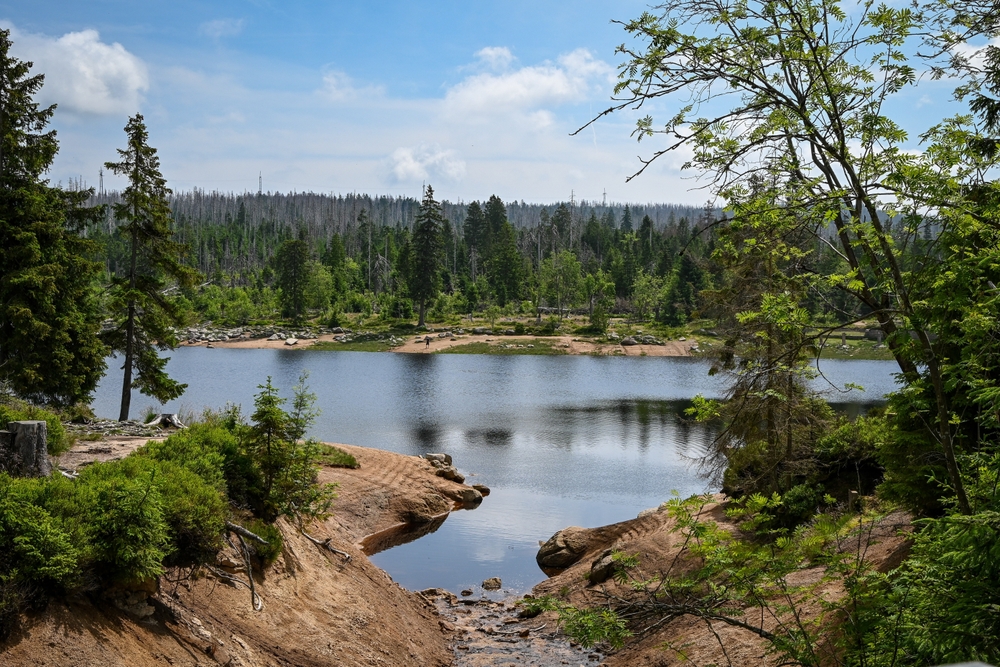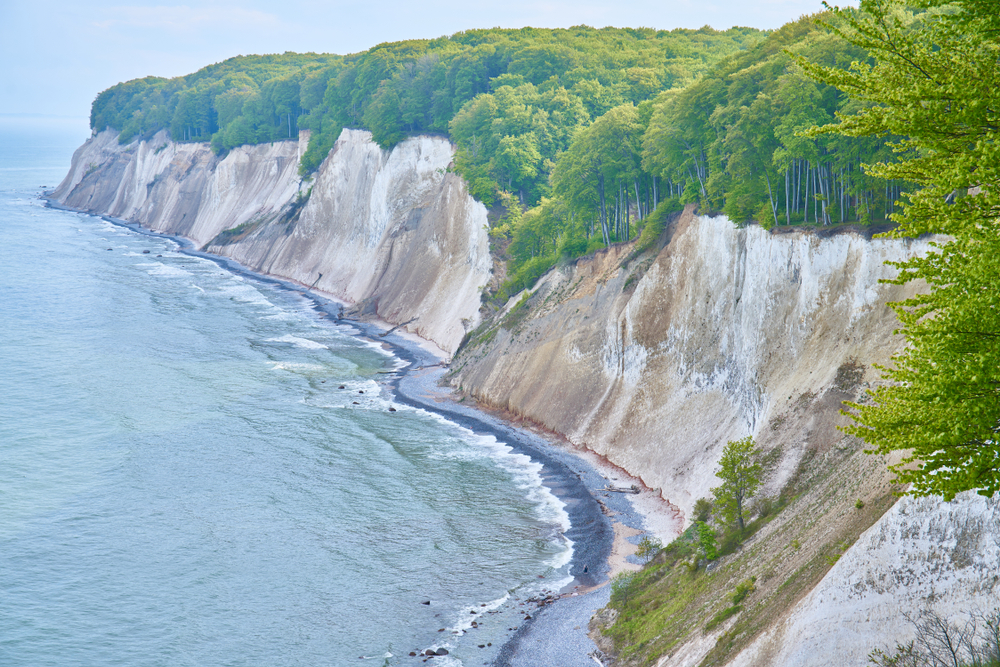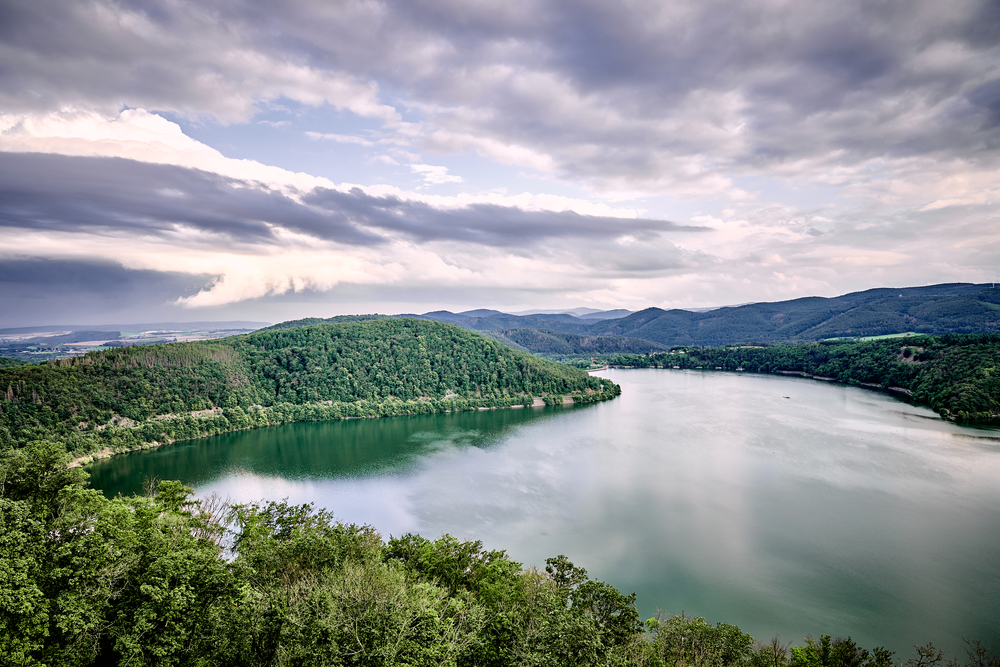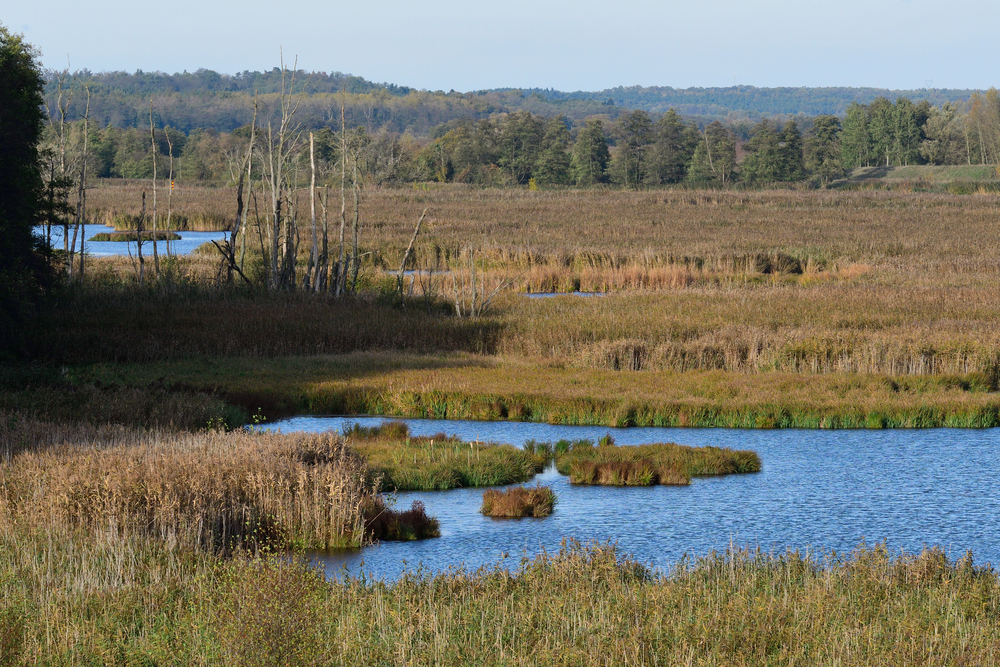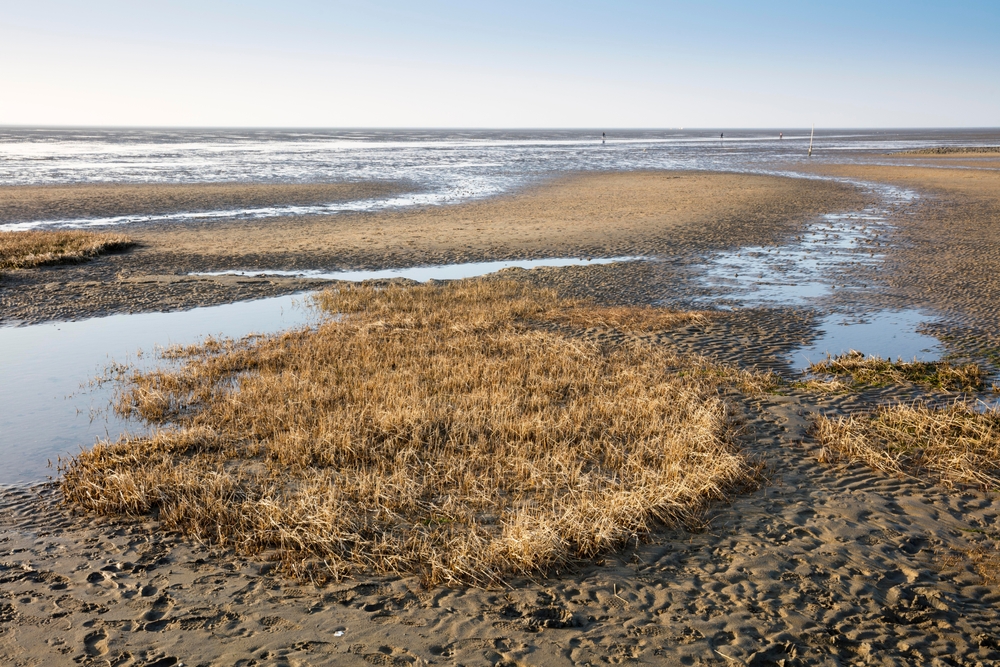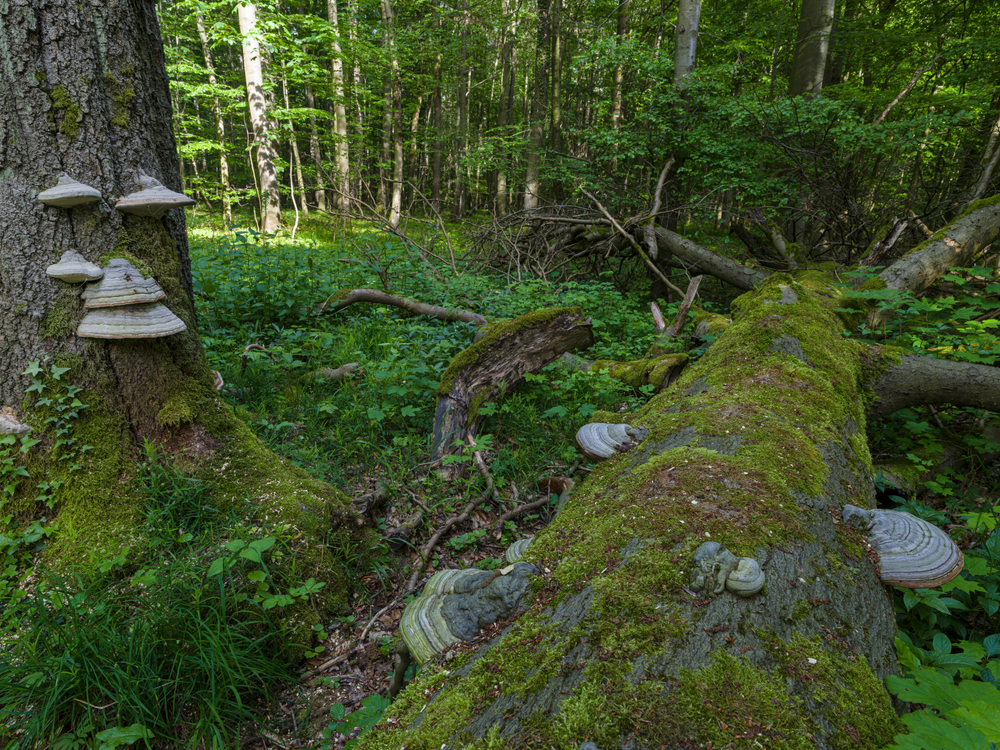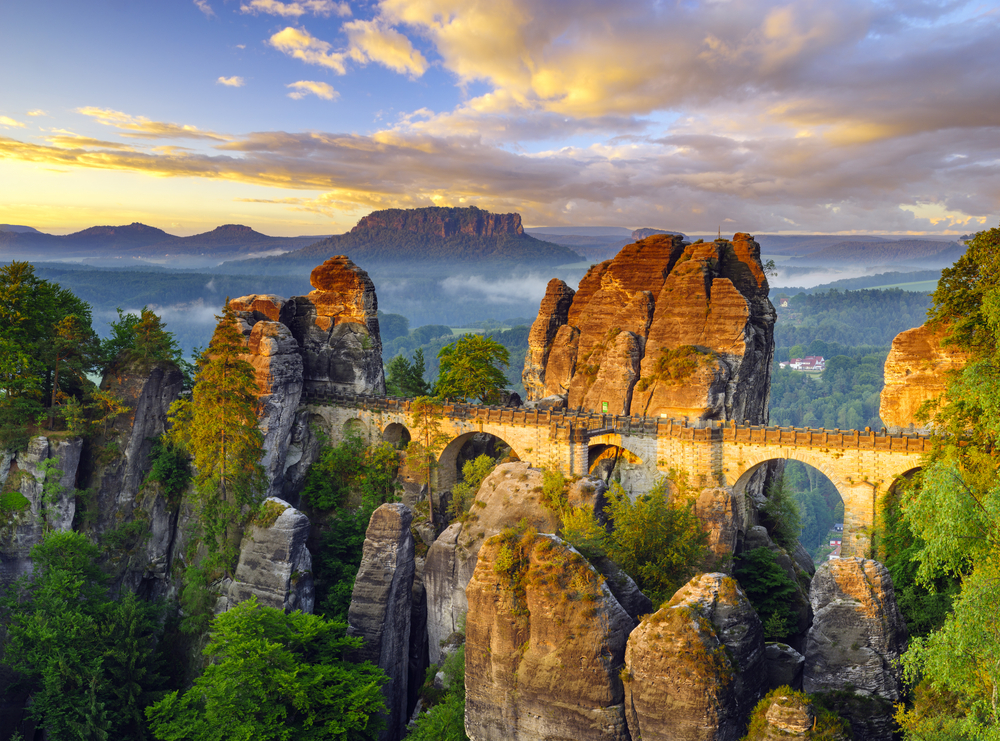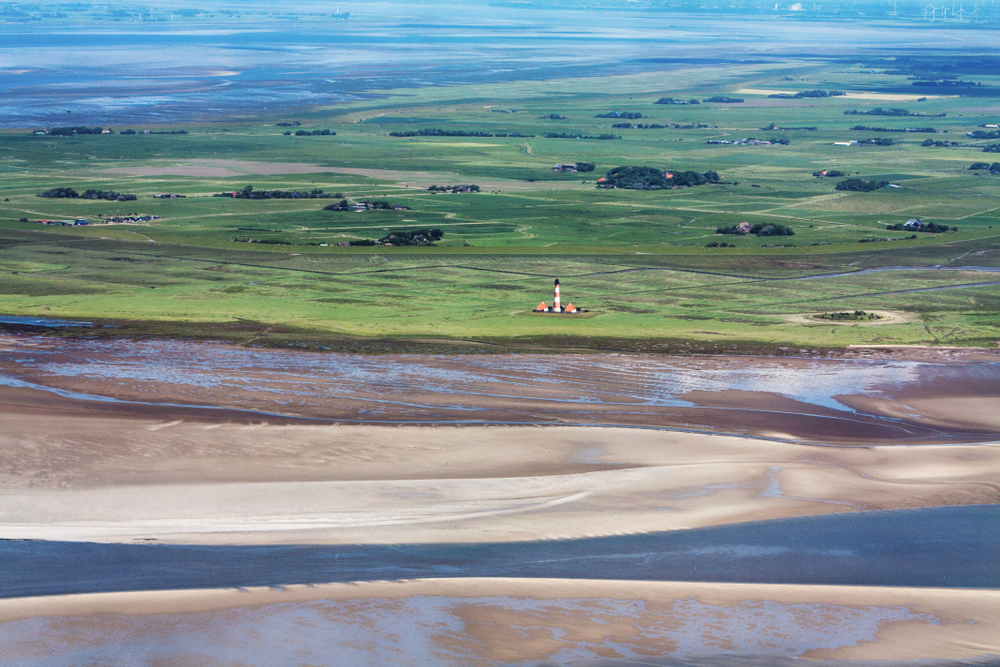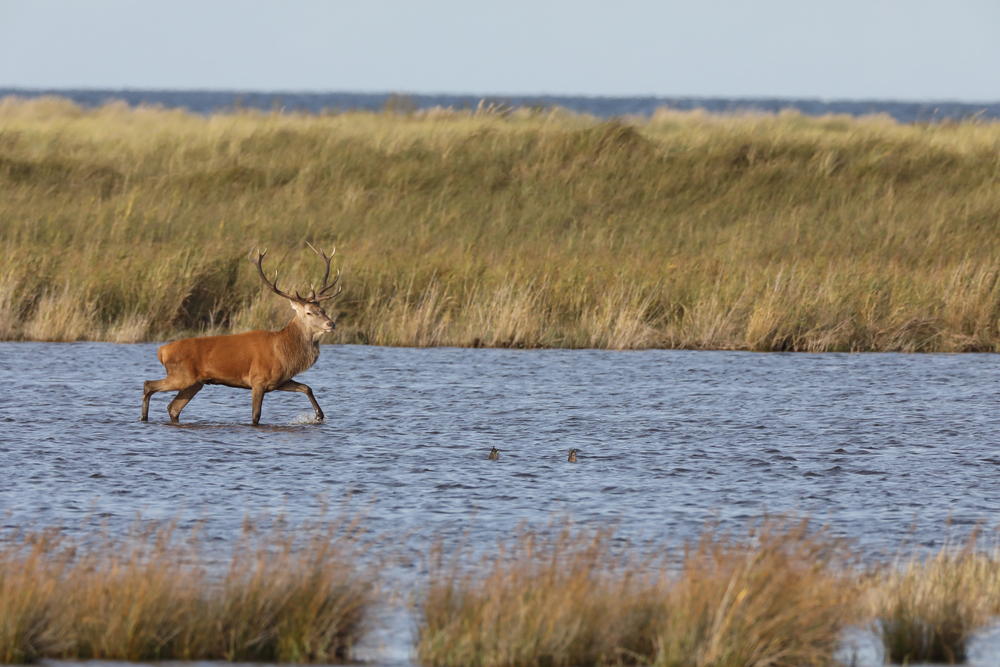Germany is home to 16 officially designated national parks, offering a diverse range of ecosystems and landscapes that reflect the country’s rich natural heritage. These parks protect a variety of environments, from lush forests and expansive heathlands to dramatic coastal cliffs and serene river valleys.
Germany’s national parks play a vital role in conserving its biodiversity, providing havens for rare species of flora and fauna while offering visitors opportunities to experience nature at its most pristine.
One of the most famous parks is the Berchtesgaden National Park, located in the Bavarian Alps. This UNESCO Biosphere Reserve is renowned for its stunning alpine scenery, including towering peaks, glacial valleys, and the crystal-clear Königssee Lake. Wildlife such as golden eagles, ibex, and marmots thrive here, making it a favorite destination for hikers and nature enthusiasts. The park’s conservation efforts have been pivotal in protecting these species and maintaining the fragile alpine ecosystem.
The Black Forest National Park in Baden-Württemberg is another highlight. Known for its dense woodlands, cascading waterfalls, and idyllic valleys, this park is a natural wonderland that has inspired folklore and fairy tales. Its biodiversity includes lynxes, capercaillies, and a variety of bat species. Conservation programs here emphasize rewilding efforts, aiming to let nature reclaim its balance, and sustainable tourism practices are actively promoted.
On Germany’s northern coast, the Jasmund National Park in Mecklenburg-Western Pomerania captivates visitors with its dramatic chalk cliffs overlooking the Baltic Sea. The famous Königsstuhl (King’s Chair) cliff is a must-see, surrounded by beech forests that are part of the Ancient and Primeval Beech Forests of the Carpathians UNESCO World Heritage site. The park is a sanctuary for sea eagles and numerous migratory bird species, showcasing a delicate coastal ecosystem that faces challenges from rising sea levels and climate change.
Another standout is the Saxon Switzerland National Park, located near Dresden. Despite its name, it lies in Germany and features breathtaking sandstone formations, gorges, and forests. The park is a climber’s paradise and a hub for biodiversity, with rare plants and animals like peregrine falcons and European wildcats. Efforts to balance tourism and conservation here serve as a model for sustainable park management.
Lastly, the Wadden Sea National Parks, spanning three German states and parts of Denmark, protect an extraordinary tidal flat ecosystem. This UNESCO World Heritage site is critical for millions of migratory birds and diverse marine life. The dynamic environment faces threats from industrial activity and climate change, but Germany’s commitment to its protection underscores its ecological importance.
Germany’s national parks are celebrated for their beauty and ecological significance. While challenges such as climate change, tourism pressures, and habitat degradation persist, the country’s robust conservation strategies have achieved notable successes, from species reintroduction programs to habitat restoration projects.










































































